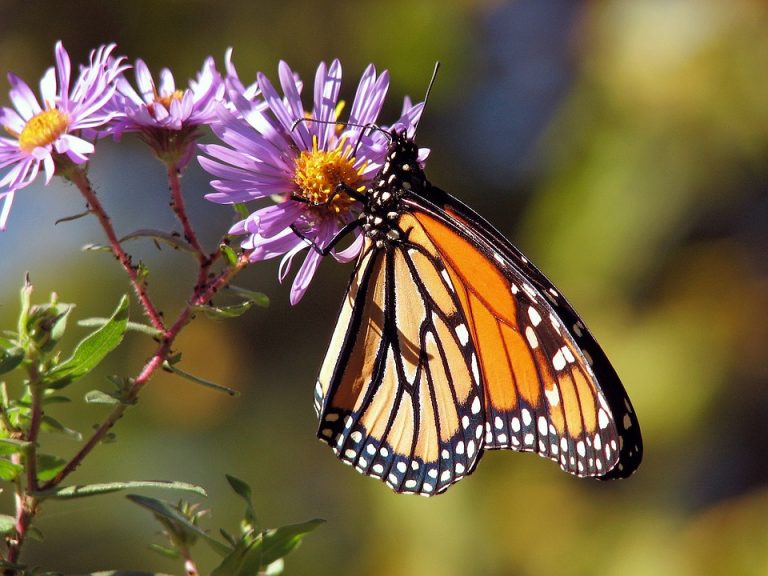Droophead tufted airplants, also known as tillandsia caput-medusae, are unique and easy-to-care-for plants that add a touch of elegance to any space. With their draping foliage and striking appearance, these airplants are a favorite among plant enthusiasts.
If you’re new to caring for droophead tufted airplants or looking to improve your plant care routine, this ultimate guide will provide you with all the tips and tricks you need to keep your airplants happy and healthy.
1. Light: Droophead tufted airplants thrive in bright, indirect light. Place your airplant near a window where it can receive plenty of natural light throughout the day. Avoid placing your airplant in direct sunlight, as this can cause the leaves to burn.
2. Water: One of the most important aspects of droophead tufted airplant care is proper watering. These plants absorb water through their leaves, so it’s important to mist them regularly or soak them in water for 20-30 minutes once a week. Be sure to shake off any excess water after soaking to prevent rot.
3. Air Circulation: Airplants require good air circulation to thrive. Avoid placing your droophead tufted airplant in a stagnant or humid environment, as this can lead to mold or rot. Consider placing a fan near your airplant to ensure proper airflow.
4. Temperature: Droophead tufted airplants prefer temperatures between 50-90 degrees Fahrenheit. Keep your airplant away from drafts or extreme temperature changes, as this can stress the plant and affect its health.
5. Fertilization: While droophead tufted airplants can survive on water and air alone, you can supplement their diet with a diluted fertilizer every 3-4 weeks during the growing season (spring and summer). Use a water-soluble fertilizer specifically formulated for airplants, and be sure to follow the manufacturer’s instructions.
6. Repotting: Unlike traditional plants, airplants do not require soil to grow. Instead, they can be mounted on driftwood, placed in a decorative container, or displayed in a hanging terrarium. If your airplant outgrows its current home or becomes too dense, you can gently separate the clumps and repot them as needed.
7. Blooming: Droophead tufted airplants produce small, tubular flowers in shades of pink, purple, or red. While the flowers are short-lived, they add a beautiful pop of color to the plant. To encourage blooming, provide your airplant with proper light and water, and ensure they receive adequate air circulation.
By following these tips and tricks, you can ensure that your droophead tufted airplant remains healthy and thriving for years to come. With a little love and attention, your airplant will reward you with its unique beauty and charm.

